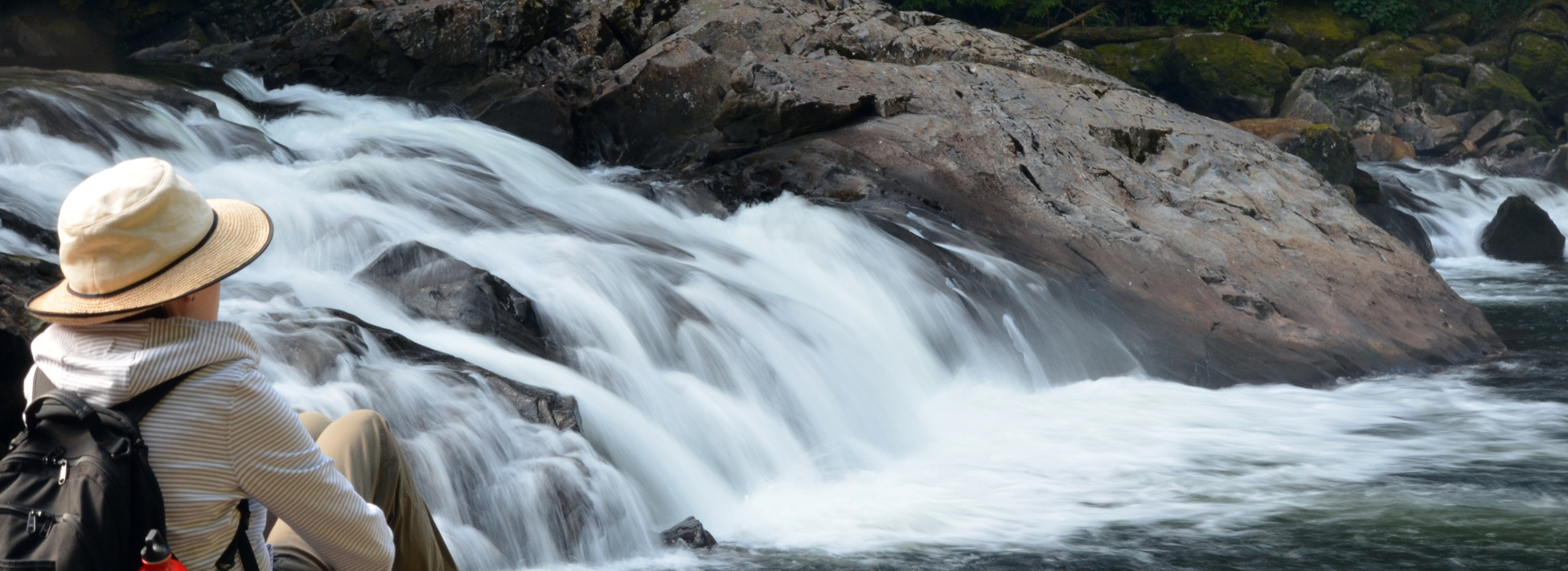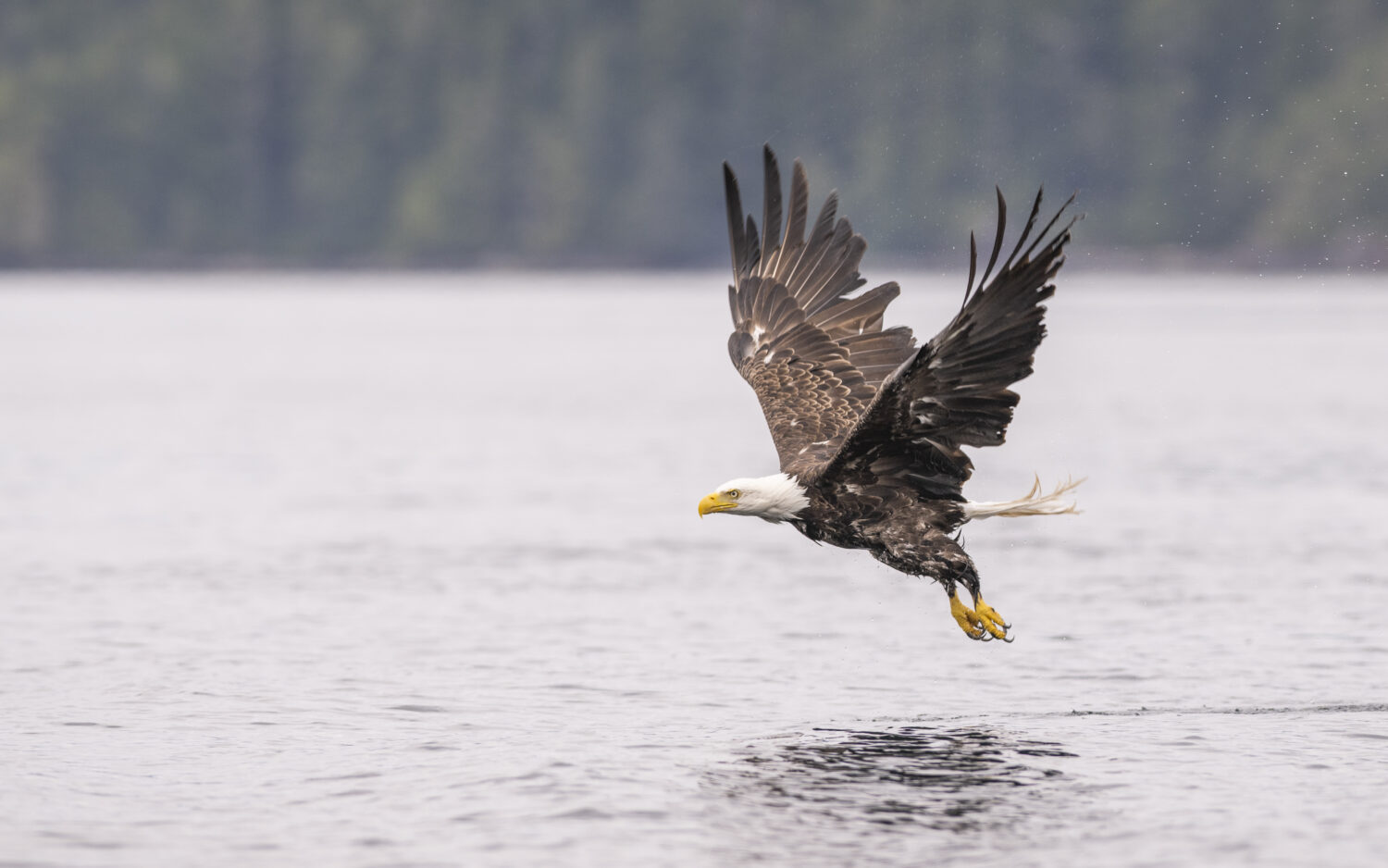
Alfred Bittner provides a great photo that I call “Follow the leader”. Take a close look and there is a tip of a dorsal fin just in front of this large male killer whale. Also an excellent photo as this is how an orca is identified using a picture of the right side of the orca showing its dorsal fin and the saddle patch. All the resident orcas on the BC coast are in two groups either the Northern or Southern Residents.
The website: http://wildwhales.org/killer-whale/ provides the following:
“The southern resident community consists of one clan (J clan) and 3 pods (J, K and L pods) and number only around 86 animals. They are most commonly seen in the waters around Victoria and the San Juan Islands in the summer, although they may range north to Desolation Sound and as far south as California in the winter months. Southern resident killer whales are critically endangered, due to their small population size, reliance on endangered or threatened salmon runs for prey, high toxin loads and sensitivity to boat disturbance.
The northern resident community consists of 3 clans (A, G and R) and numerous pods within each clan. It numbers around 250 animals. Northern residents are most commonly seen in the waters around the northern end of Vancouver Island, and in sheltered inlets along B.C.’s Central and North Coasts. They also range northward into Southeast Alaska in the winter months. Northern resident killer whales are also threatened by the same factors as southern residents.”





